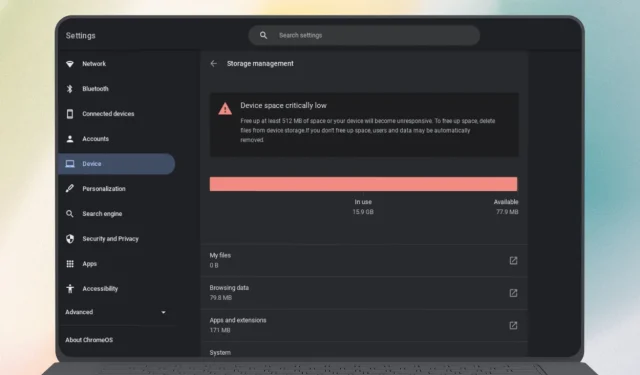
Chromebooks are widely regarded as versatile devices for a range of purposes due to their user-friendly nature and integration with applications from various platforms. This perception changed significantly with the introduction of Android and Linux support. However, Chromebooks typically offer less storage compared to standard Windows laptops, making storage management a bit of a challenge, especially when accommodating Linux containers and Android apps. If you’re struggling with storage issues, here are several effective methods to free up space on your Chromebook.
In addition to consuming space, Android and Chrome apps can be storage hogs, particularly if you favor Flatpaks over DEB packages for Linux applications. You can reclaim storage by optimizing the Linux storage and removing non-essential files.
How to Check Your Chromebook’s Storage
Before we delve into storage management steps, it’s essential to identify what’s taking up the most space on your Chromebook. You can swiftly check the storage allocation by accessing Storage Management in Settings. Here’s how:
- Go to ChromeOS Settings > System Preferences.
- Click on Storage Management.

- You will now see an overview of your Chromebook storage, categorized by apps and platforms.
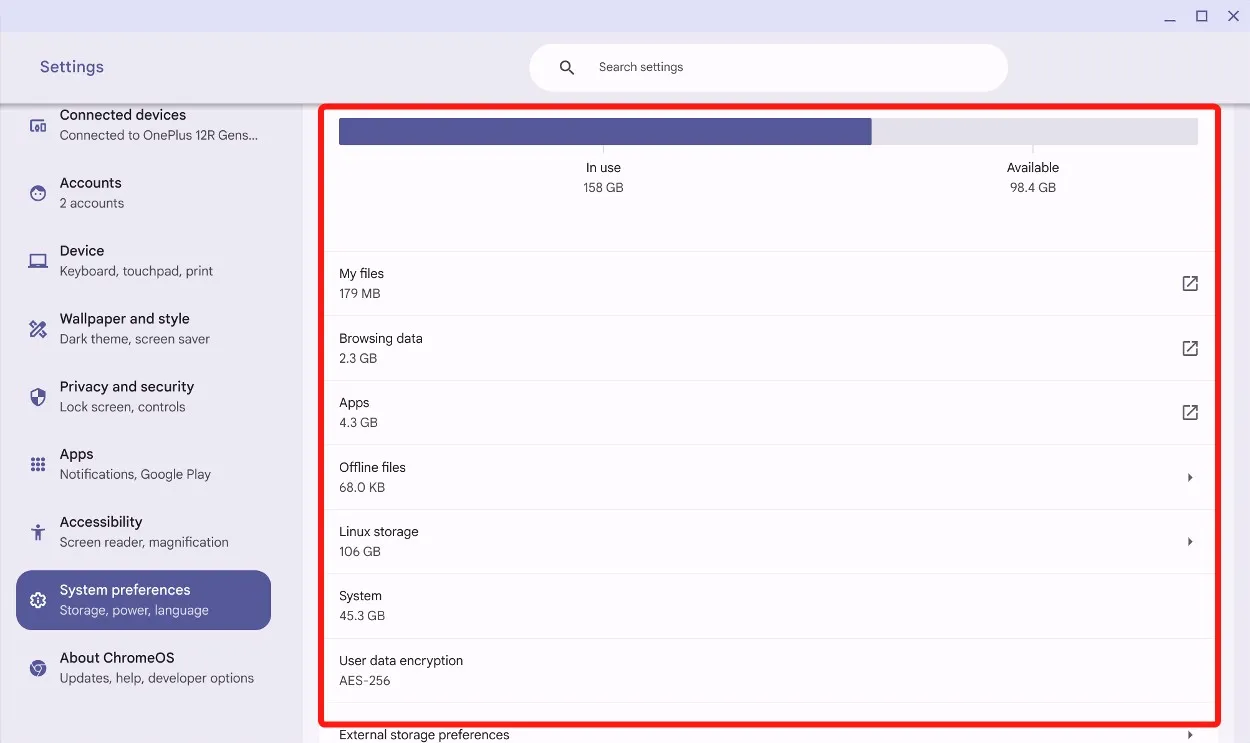
This overview allows you to see which platform is utilizing the most storage, enabling you to start removing unnecessary files from specific sections.
Free Up Storage on Your Chromebook
If you’re running low on space on your Chromebook, the following methods can assist you in clearing out some storage, allowing you to return to your regular use of ChromeOS.
Method 1: Deleting Files to Free Up Storage
The simplest way to create more space on your Chromebook is by eliminating downloaded files and folders through the file manager.
- Open the Files app and navigate to Downloads.
- Right-click a file and select Move to Trash.
- Select multiple files using the Shift + Down key or Ctrl + Left click shortcuts.
- Delete the selected files using the Alt + Backspace shortcut, as Chromebooks lack a Delete key.
- Go to the Trash folder and click on Empty trash now.
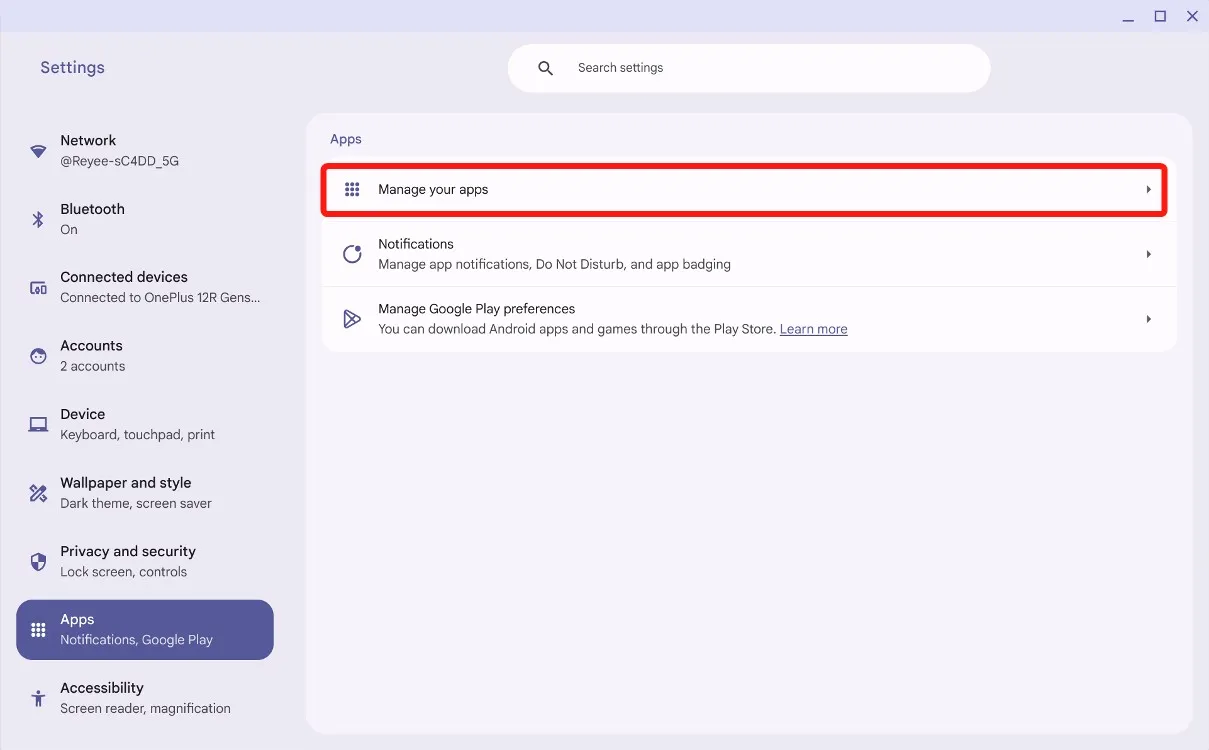
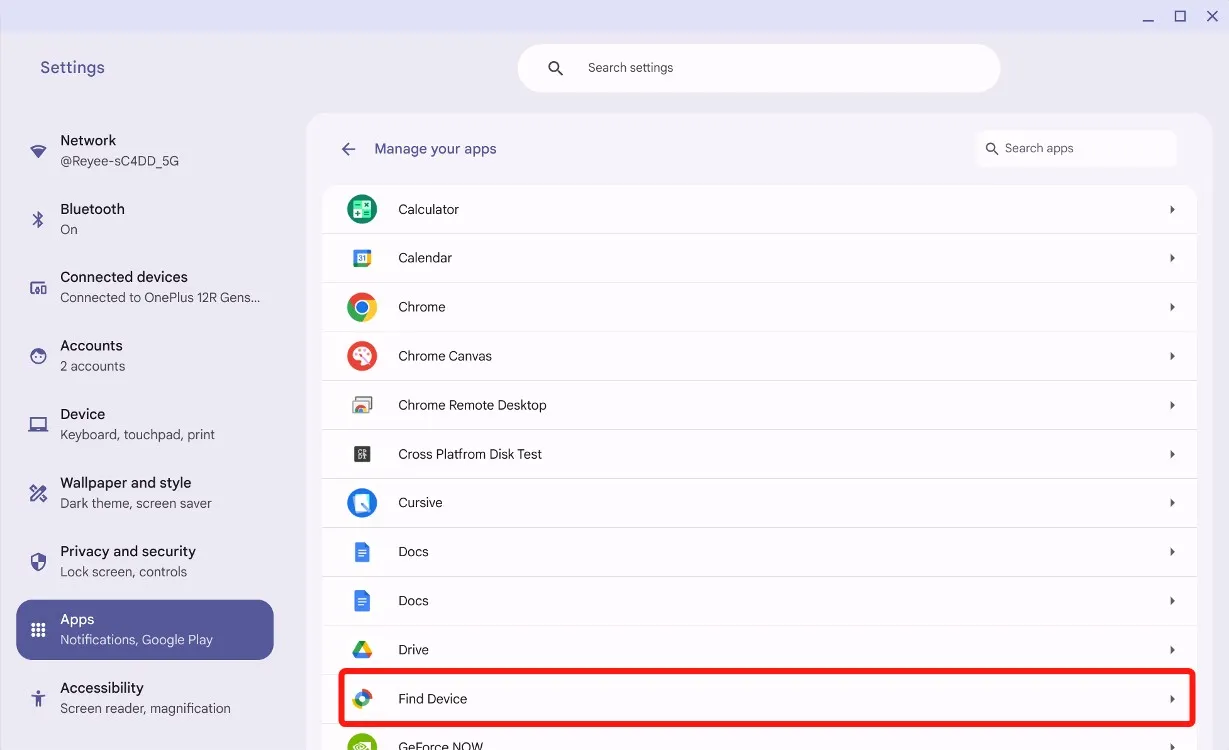

Be aware that files deleted in this manner cannot be restored.
Method 2: Deleting Browsing Cache
While browsing the web, data is stored as cache, allowing for quicker loading of web pages. Clearing your cache will not affect your Chromebook and can help recover some space.
- Open Chrome > type
chrome://settingsin the address bar > hit the Enter key. - Navigate to Privacy and Security > Delete Browsing Data.
- Uncheck the boxes for Browsing History and Cookies and Other Data.
- Select All Time from the Time Range dropdown.
- Click on Delete Data to confirm.

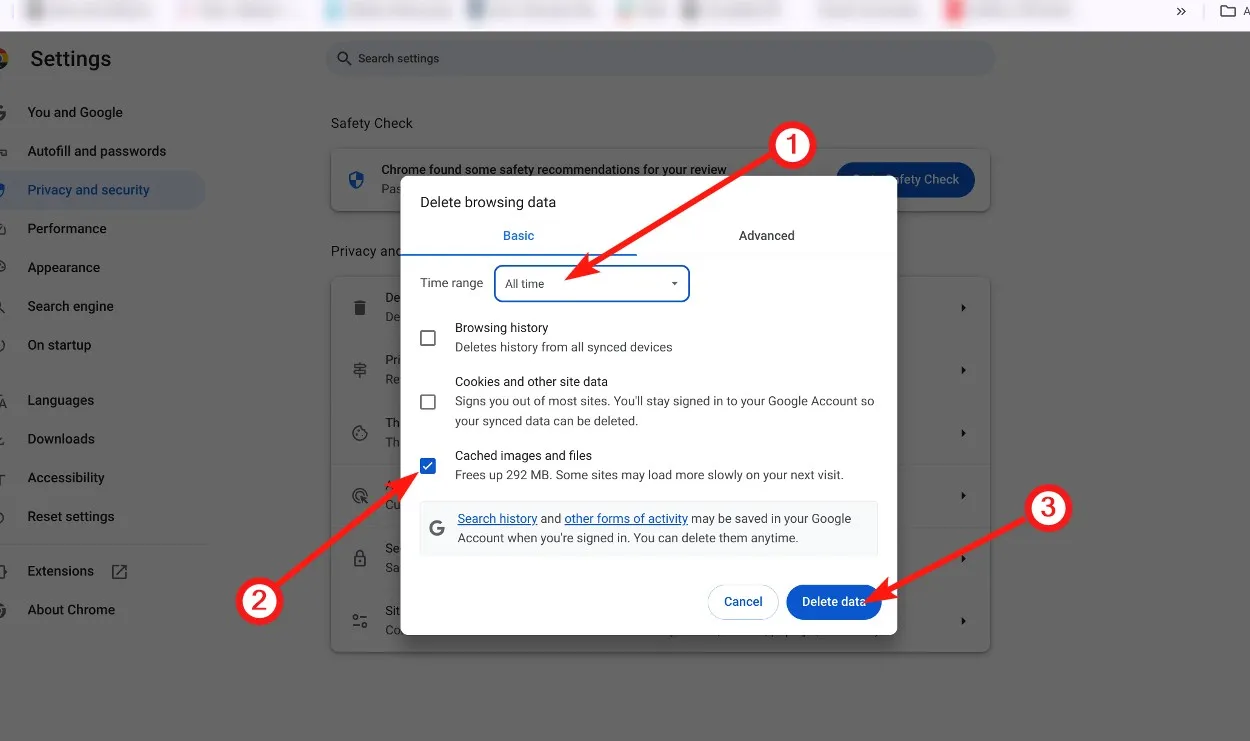
Method 3: Deleting Chrome and Android Apps
Although Chrome and Android apps generally consume less storage compared to Linux apps, the sheer volume of apps can quickly deplete your storage capacity. Here’s how you can uninstall Chrome and Android apps on your Chromebook:
- Navigate to Settings > Apps > Manage Your Apps.
- Choose the app you wish to uninstall.
- Click on Uninstall located at the top right.
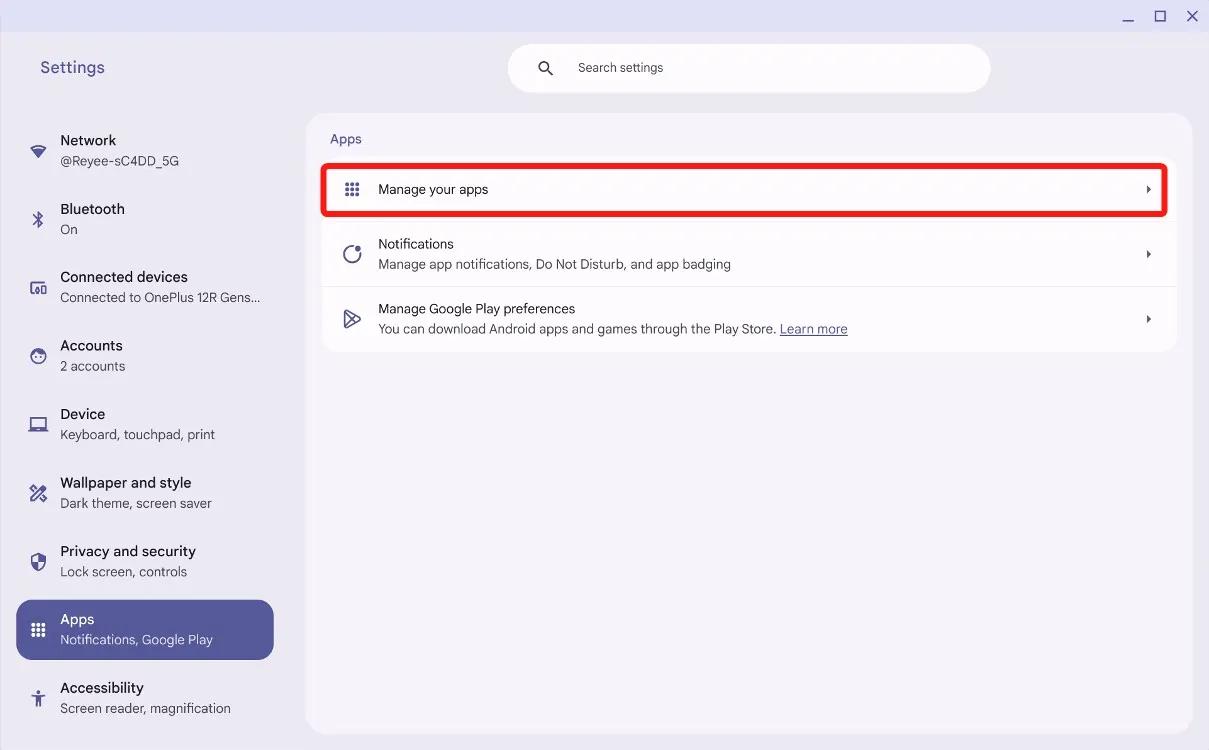

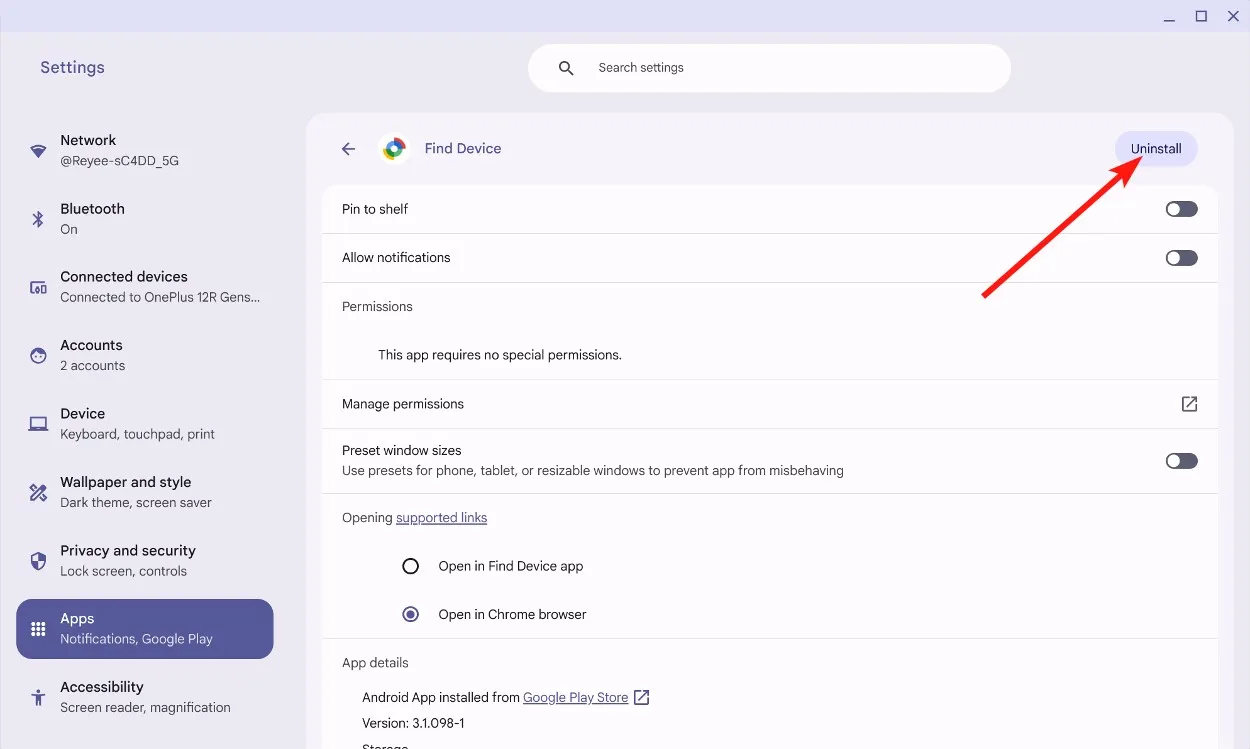
Method 4: Delete or Repartition Linux Storage
A straightforward way to reclaim storage on a Chromebook is by either resizing or removing the Linux container storage if it’s no longer necessary.
- Go to Settings > About ChromeOS.
- Select Linux Development Environment.
- Click on Change within the “Disk Size” section and adjust the slider leftwards to reduce Linux storage.
- After adjusting, click Resize to confirm the new partition size.
- If you no longer need Linux, click on Remove in the “Remove Linux Development Environment” section to free up your device’s storage.
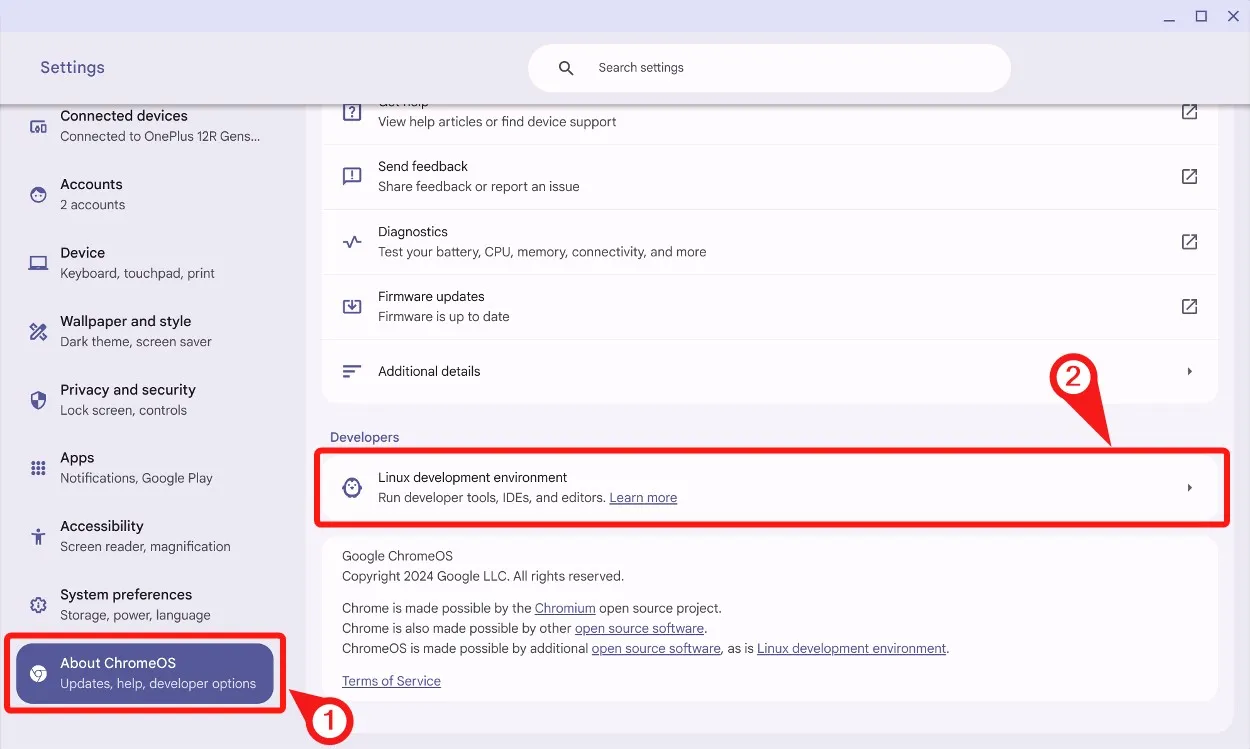
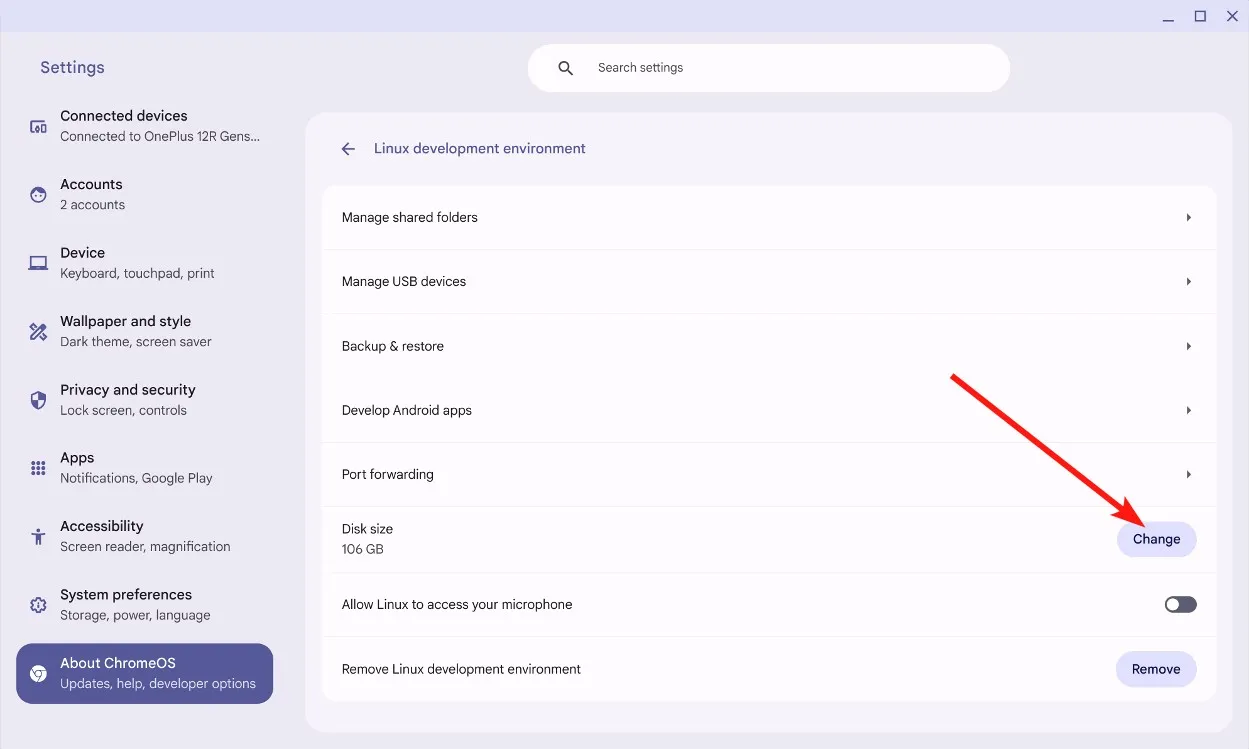
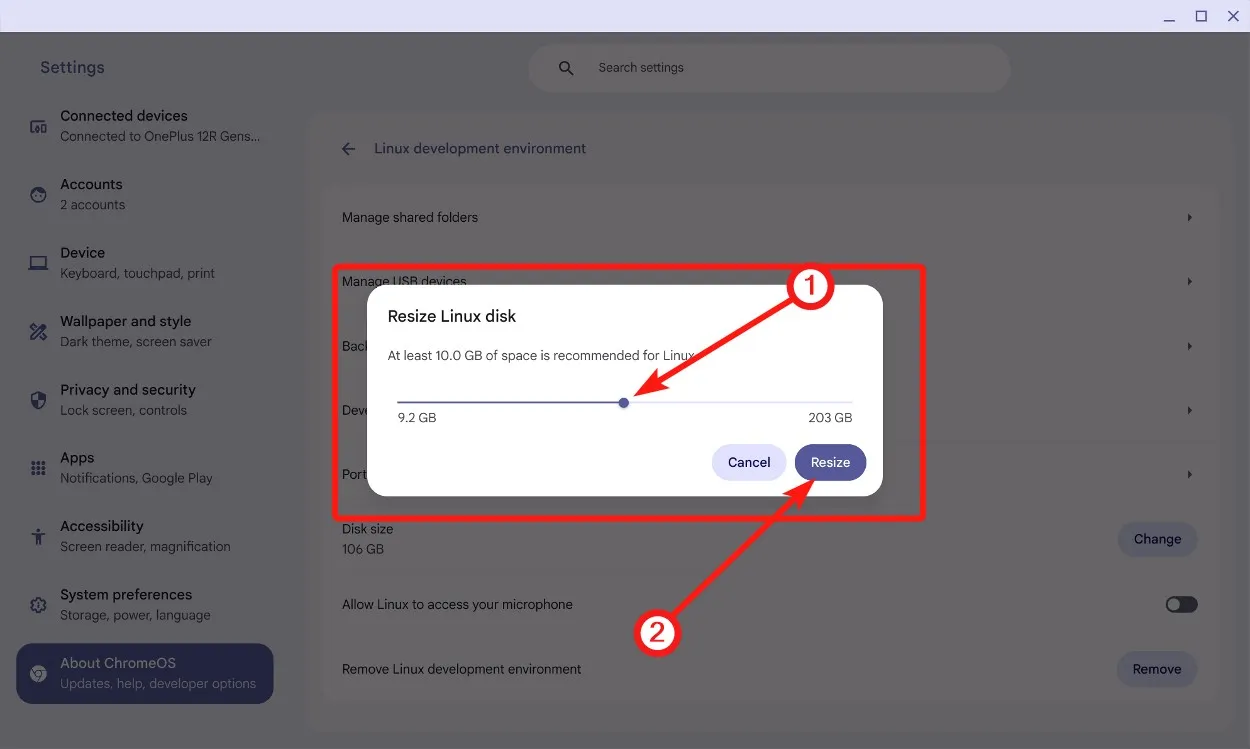

Method 5: Clear Local Data Using Drive Internals
Drive Internals contains local data files that store cache from the Offline folder. Here’s how to delete it to regain storage space on your Chromebook:
- Open Chrome > type
chrome://drive-internals> press Enter. - Click on Clear Local Data.
- Your Chromebook will now remove files that are already stored in the cloud.
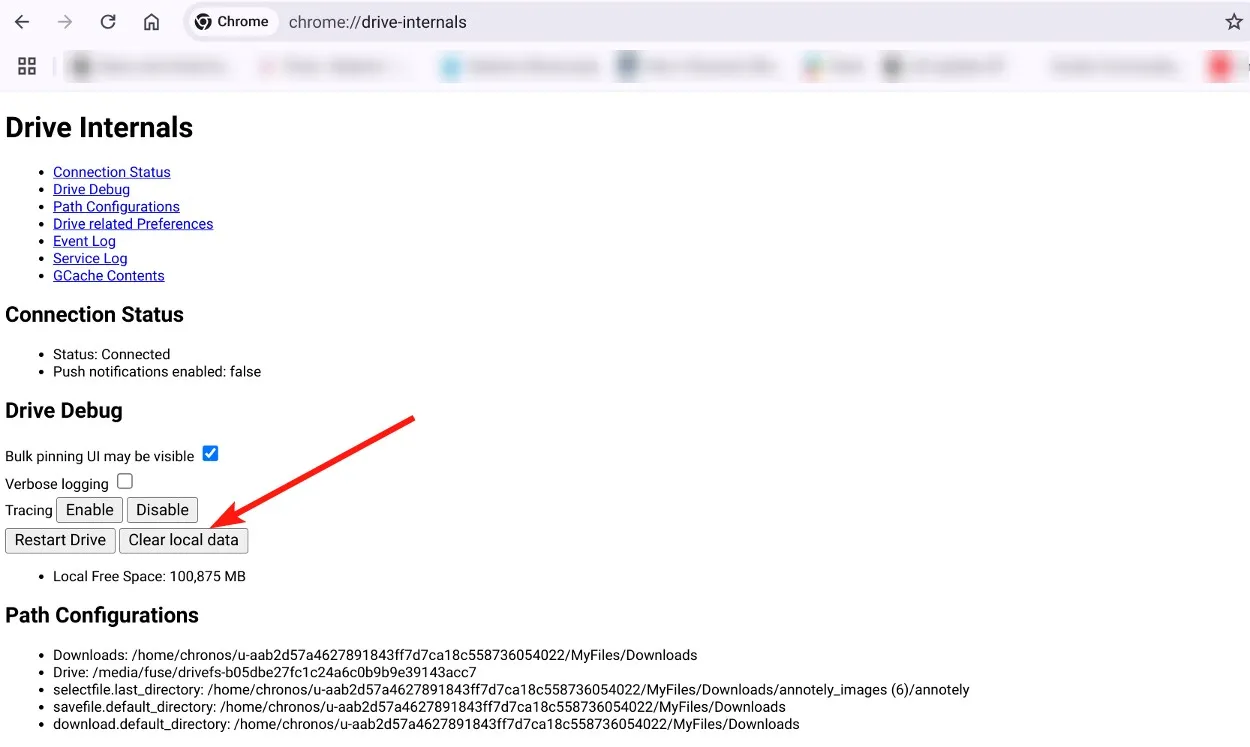
Method 6: Moving Files to Google Drive
ChromeOS is designed to work in conjunction with Google Drive. With native Google Drive support, moving files from local storage to the cloud is seamless, effectively freeing up space on your Chromebook.
- Open the Files app and select the files you want to move to Google Drive.
- Drag the selected file to the “Google Drive” label.
- The label will expand to show all folders.
- Drop the file/folder into a desired folder to complete the transfer.
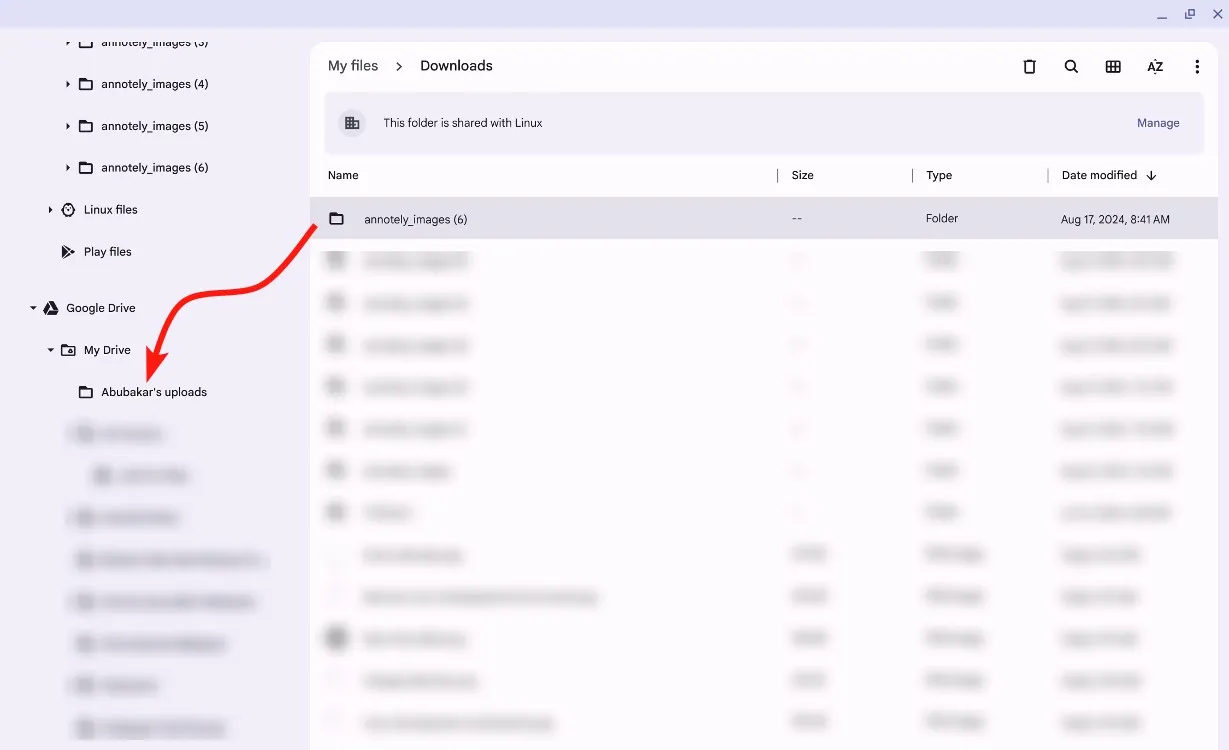
You can also utilize Google’s Quick Share feature to rapidly transfer files from your Chromebook to an Android device.
Method 7: Remove Unused User Accounts
If you have user accounts from friends or family members who only tested out the Chromebook, removing them can help free up additional storage.
Multiple user accounts can take up significant space, and you can only delete other accounts if you are the Chromebook’s owner—the first user to log in. To remove the owner’s account, a full reset, or powerwash, is necessary.
To remove user accounts, access the login screen, click on the arrow icon, and choose Remove Account.
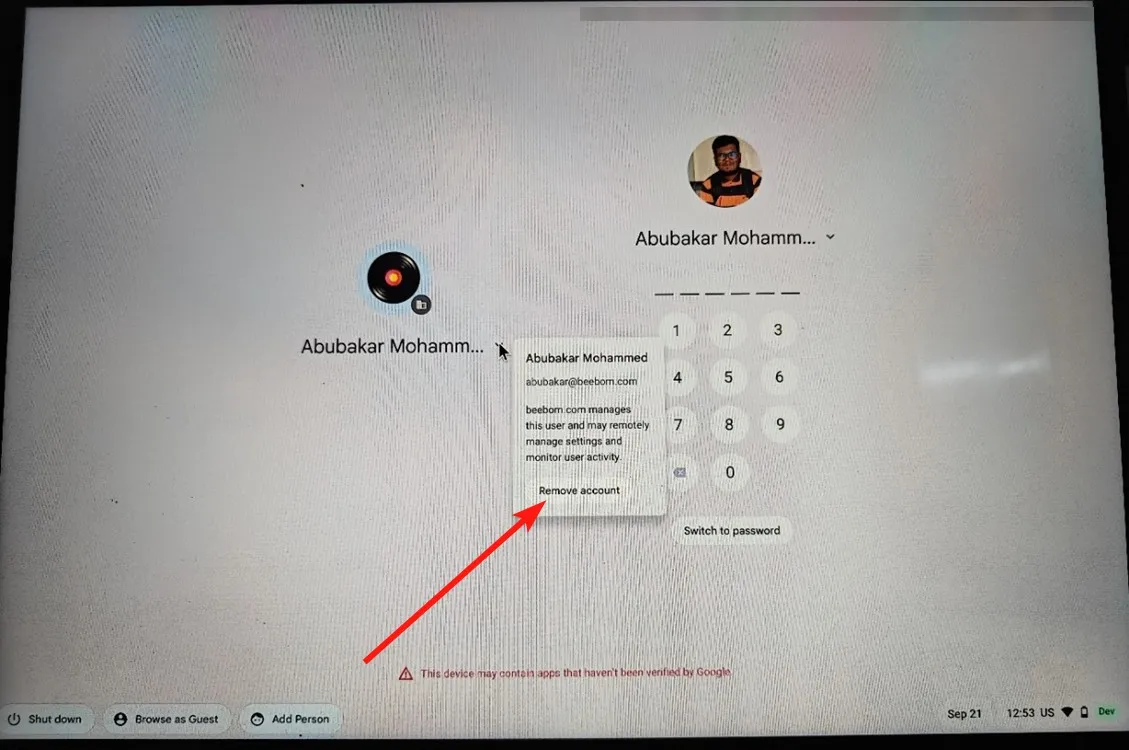
Method 8: Powerwash Your Chromebook
If none of the previous storage freeing methods succeeded, the final option is to powerwash your Chromebook. This process acts as a factory reset, restoring your Chromebook to its original state.
Note that this will erase all local files stored on your device, so ensure you back up any important data beforehand.
To powerwash your Chromebook, navigate to Settings > Advanced > Reset Settings > Reset. Your Chromebook will then restart and return to factory settings.
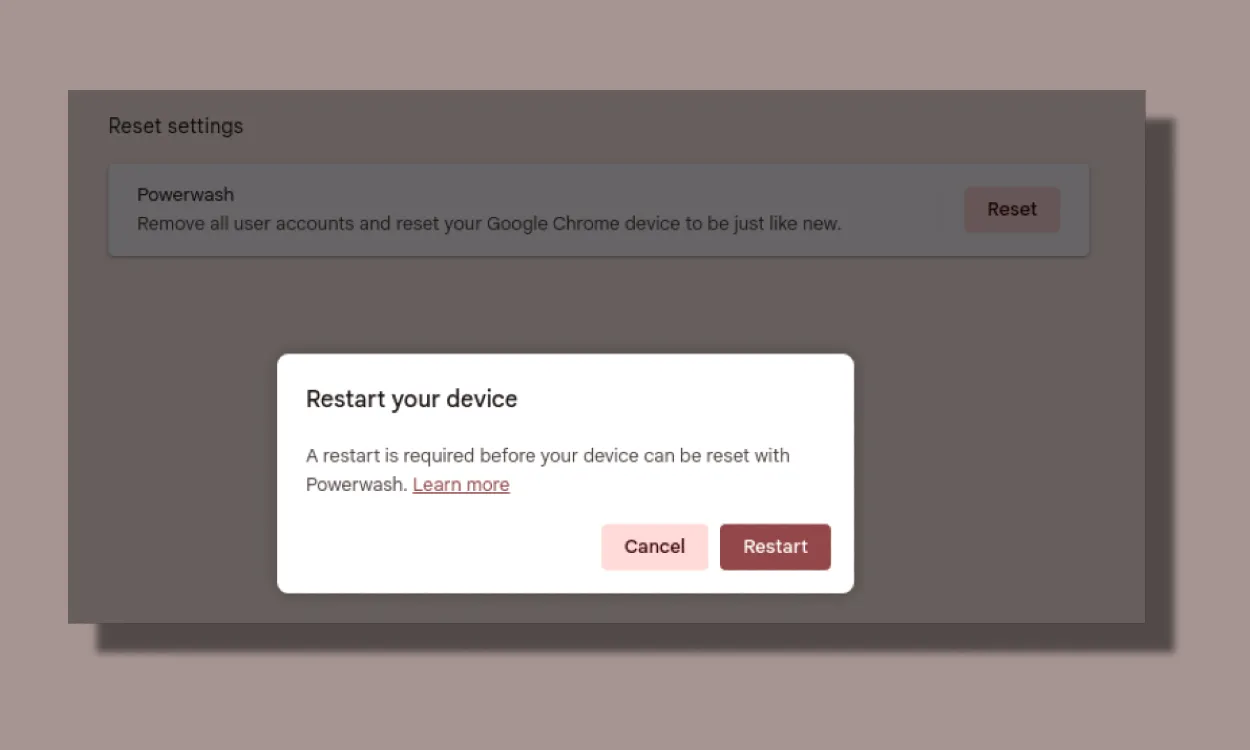
Clearing up space on your Chromebook is essential, particularly if you’re looking to enjoy some of the best games for Chromebooks via Steam. Furthermore, once you create more free space, you can extend the Linux partition to install additional Linux desktop applications like VS Code, enhancing your capability for software development and productivity tools.

Leave a Reply